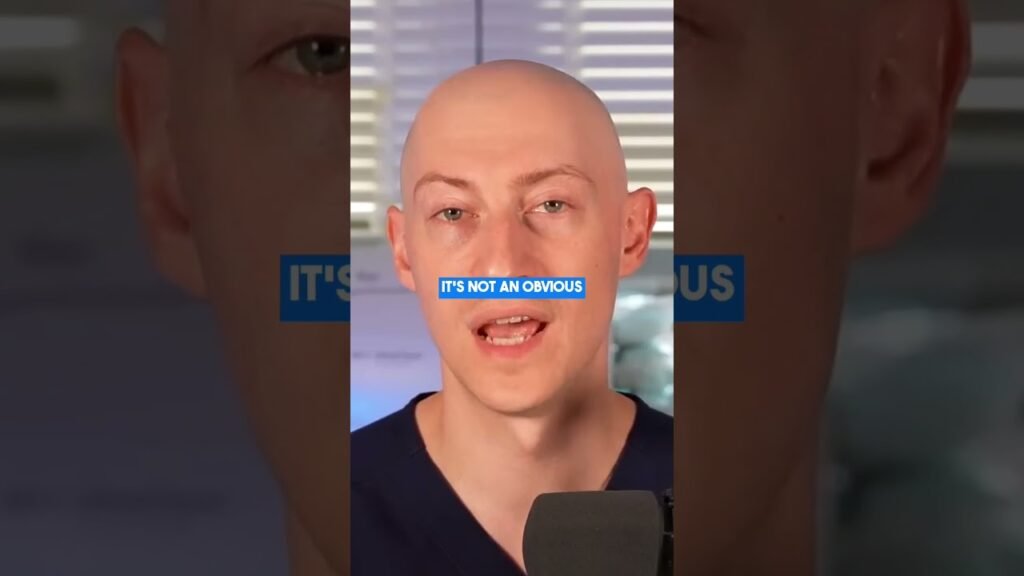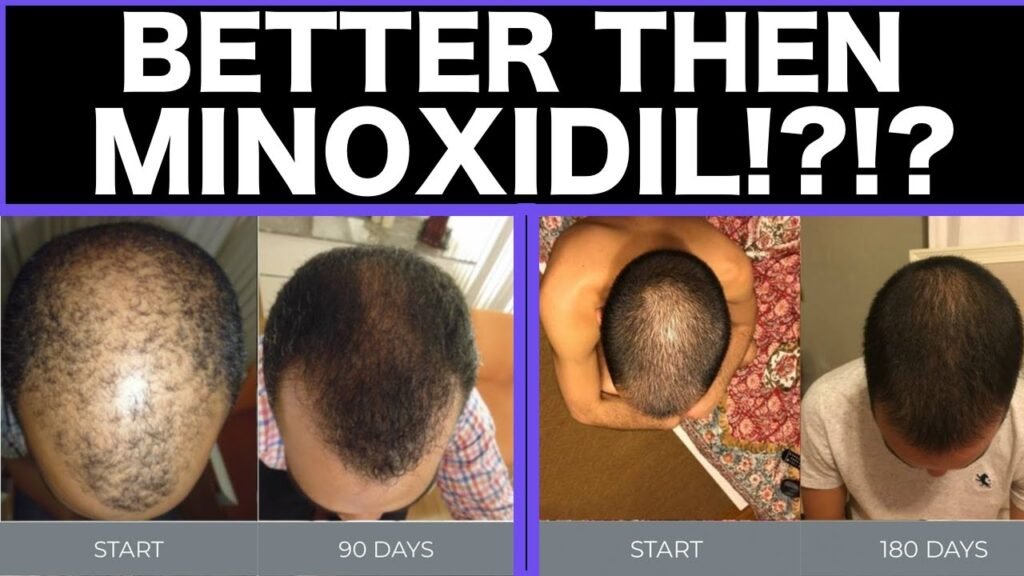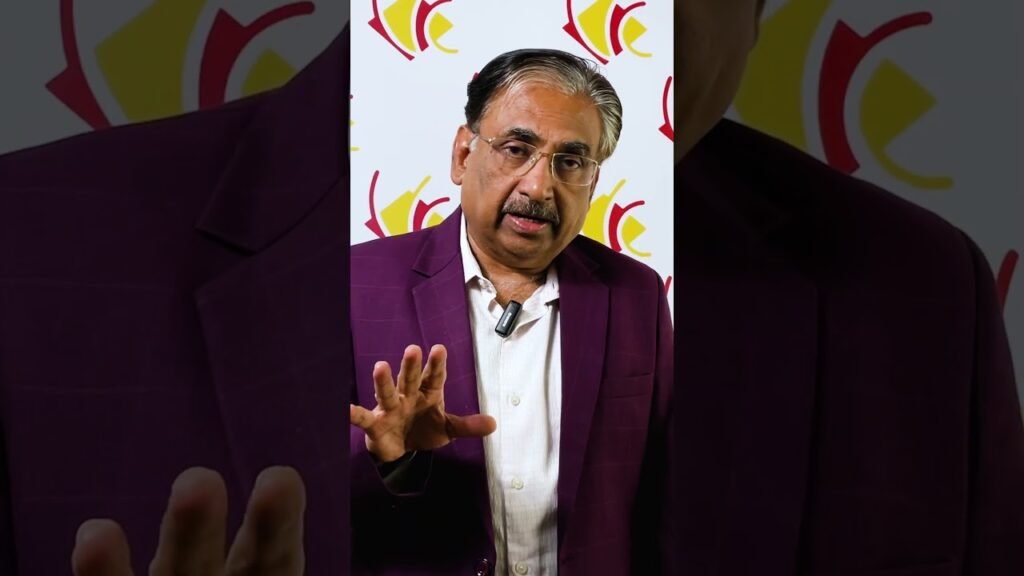Comparing results from Minoxidil vs tretinoin
When evaluating the effectiveness of hair growth treatments, both Minoxidil and tretinoin have been subjects of interest. Minoxidil is a widely used topical treatment known for stimulating hair follicles and prolonging the anagen phase of hair growth. It is often applied to the scalp in liquid or foam form, with concentrations typically ranging from 2% to 5%. On the other hand, tretinoin, commonly known as a topical retinoid, is traditionally used for acne treatment but has been observed to enhance hair growth by promoting cellular turnover and improving the absorption of other topical treatments like Minoxidil.
Effectiveness and Application
Minoxidil is primarily known for its vasodilatory properties, which increase blood flow to hair follicles, thereby enhancing hair growth. Users often report noticeable results after consistent use over several months, with improvements in hair thickness and density. Tretinoin, while not a standalone hair growth treatment, is used in combination with Minoxidil to improve its penetration and efficacy. Studies suggest that tretinoin can increase the absorption of Minoxidil, potentially leading to more significant results compared to using Minoxidil alone.
Side Effects and Considerations
Both treatments come with their own set of side effects. Minoxidil users may experience scalp irritation, itching, or unwanted facial hair growth in some cases. Tretinoin can cause skin irritation, dryness, and increased sensitivity to sunlight, necessitating the use of sunscreen. When combining the two, users should monitor their scalps reaction closely and consult with a healthcare professional to tailor the treatment to their individual needs.


